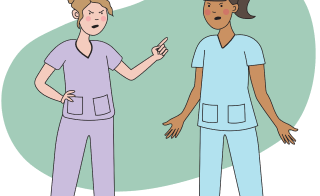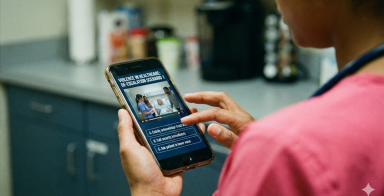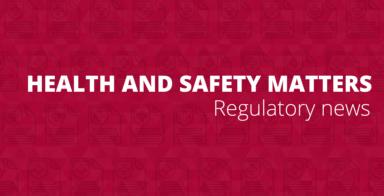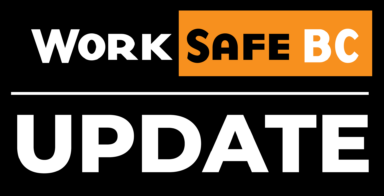How a changing climate is shaping work and life
It’s a sweltering July afternoon in Kamloops during a record-breaking heatwave. Temperatures climb above 40°C, air conditioners struggle to keep up, and staff in a long-term care facility move quickly to help residents stay cool....







